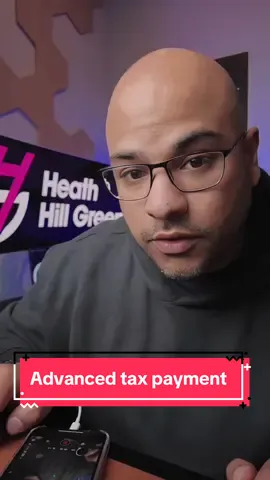Lexsa🚬
Region: ID
Tuesday 04 June 2024 00:02:44 GMT
275
12
0
1
Music
Download
Comments
There are no more comments for this video.
To see more videos from user @alxsnora, please go to the Tikwm
homepage.





